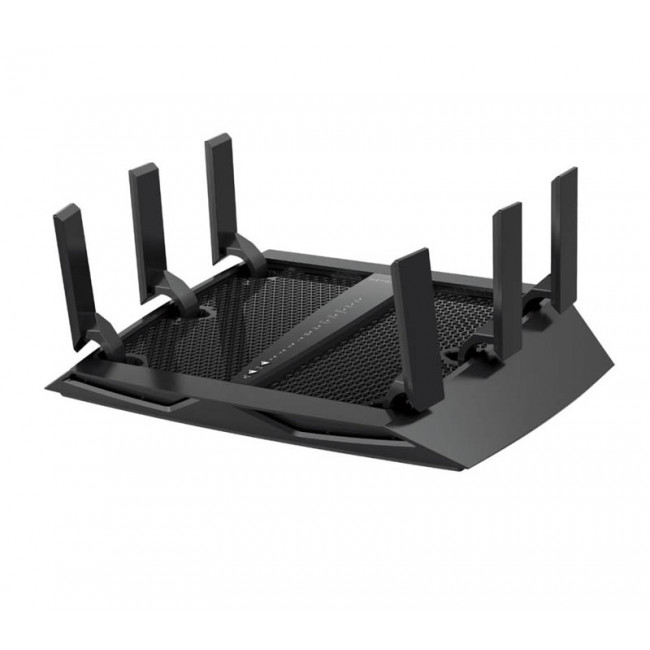

As mentioned above, there are four different Wi-Fi speed tiers and without MU-MIMO, a router would treat each device connected to it equally with no regard for which tier the device fell under. MU-MIMO is a new Wi-Fi technology designed to handle Wi-Fi bandwidth efficiently, hence it should be capable of delivering faster data rates to multiple connected clients at a time. (More on this in the performance section below.) However, the more streams the devices have will generally translate into faster sustained Wi-Fi speed. The actual speed you'll experience between these clients and the R8500 depends on many factors and is always much lower than that. The fastest clients for now are three-stream, which have a top on-paper speed of 1,300Mbps. In fact, to conserve power, most mobile clients support either single- or dual-stream. Right now there are no quad-stream clients (laptops, phones, etc.) on the market. So my 5GHz clients can connect to the router at 2,166Mbps, right? On the 2.4GHz band, its theoretical top speed is 1,000Mbps. As a quad-stream router, the Netgear R8500 on paper can deliver a Wi-Fi speed up to 2,166Mbps on each of its two 5GHz bands. There are currently four tiers including single-stream (1x1), dual-stream (2x2), three-stream (3x3) and quad-stream (4x4). The number of streams also determines the grades (or tiers) of Wi-Fi performance. On each band, the Wi-Fi signal is delivered in spatial streams, the more streams the band has the faster the Wi-Fi data rate it can output.

So, if you have a high-end NAS server that has multiple LAN ports, such as the Synology DS1513+, the X8 will bring the server's data rate to a totally new level, making local file data sharing, media streaming and backups happen much faster.

However, this is the first router with six Gigabit LAN ports (as opposed to the four found in most routers), two of which that can combine into a single extremely fast wired connection. Also, the X8's range, though great, didn't stand out either compared with routers that cost much less. To be sure, the X8 does indeed work with all existing Wi-Fi clients, but only at a speed much lower than what it's actually capable of.įor now, though it is fast, with excellent signal stability, it isn't consistently faster than other high-end routers, such as the Asus RT-AC3200, which costs at least $100 less.

The problem is that clients, such as laptops or tablets, that support X8's top speed, simply don't exist yet. This means it has a top speed of 2,166Mbps. The X8 is the first-ever router to support the AC5300 standard. The longer answer is maybe in the future, depending on who you are and what your needs are.


 0 kommentar(er)
0 kommentar(er)
